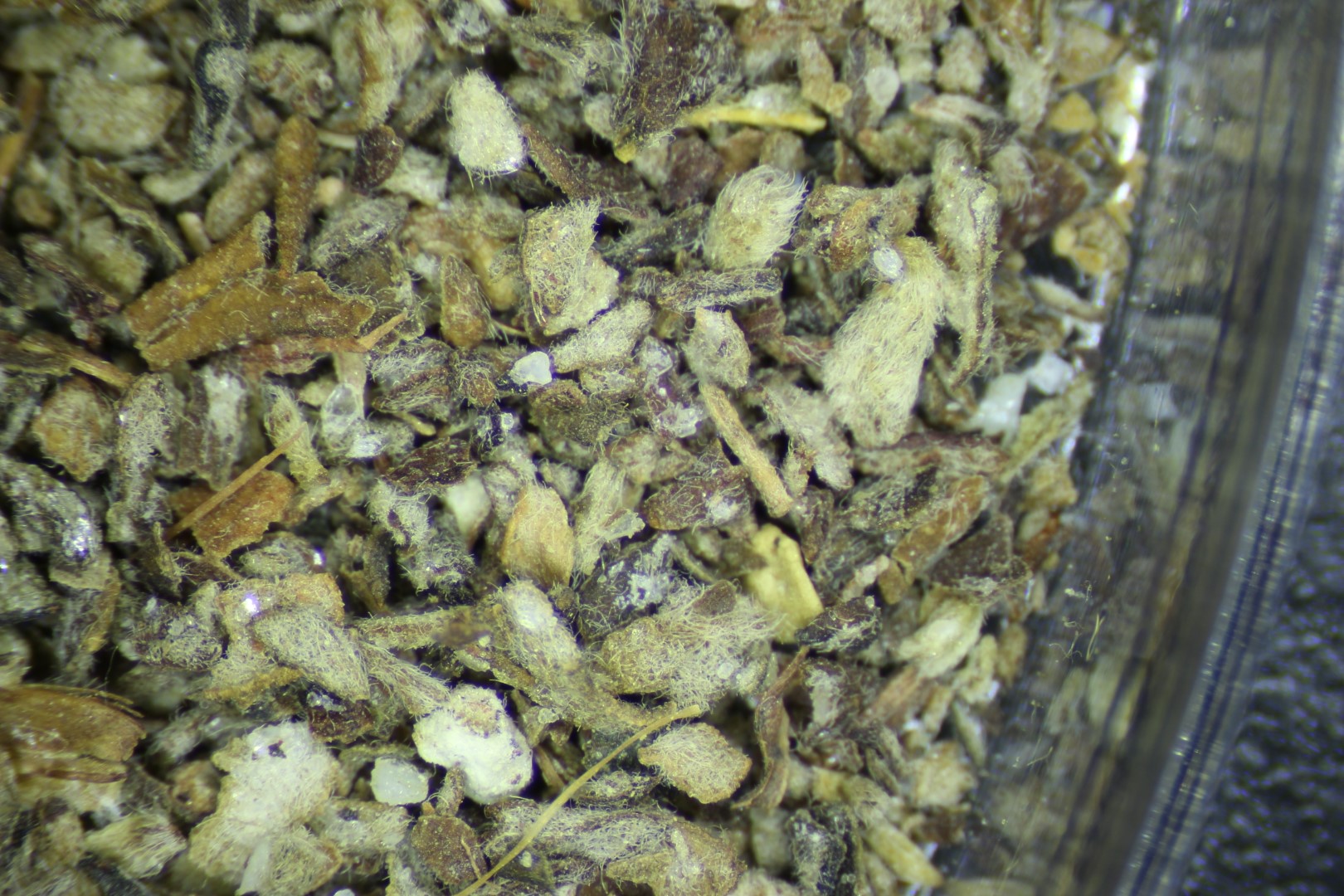Yesterday, New Zealand Police confirmed 20 deaths linked to synthetic drugs since July. Most of the samples from people who had died, and those seized in raids by police, were found to contain the dangerous chemical AMB-FUBINACA.
The SMC prepared this Q&A on what is known about AMB-FUBINACA. Feel free to use these comments in your reporting.
Prof Michelle Glass, pharmacologist, University of Auckland:
How does AMB-FUBINACA affect the brains of people who take it and how does this explain the ‘zombie like’ symptoms?
“AMB-FUBINACA has only recently been identified as a synthetic cannabinoid. Earlier this year it was identified as the compound that led to the ‘Zombie Outbreak’ in New York. This resulted in the hospitalisation of 18 people on July 12, 2016, with what was described as ‘zombie-like’ altered mental states – very slow to respond to questioning, a blank stare, slow movements.
“AMB-FUBINACA was developed by the pharmaceutical company Pfizer as part of their drug discovery pipeline, but to my knowledge never reached the point of being tested in animals or humans.
“THC produces most of its effects by binding to and activating the brain’s cannabinoid receptors (CB1). Right now all we really know about AMB-FUBINACA is that they are very potent and very efficacious at activating the cannabinoid CB1 receptors in the brain. This means that you need only very little of it to activate the receptors (about 100 times less than THC), and then it produces a much stronger activity on the receptors than THC does.
“It’s not clear right now how this leads to the symptoms that are being observed, but we do know that high doses of most synthetic cannabinoids in animals leads to a cataleptic state, which is characterised by a lack of responsiveness, and muscle rigidity which sounds a lot like what people are experiencing.
“I don’t think anyone knows right now how this is leading to death, but it appears to be related to effects on the heart and seizures. There is definitely a need for a lot more research in this area.”
Kevan Walsh, Forensic Chemistry Manager, Institute of Environmental Science and Research Limited (ESR) answered our questions. ESR has also produced a fact sheet on synthetic cannabis.*
What is the synthetic drug responsible for the recent spate of deaths in Auckland?
“The majority of our testing of the synthetic cannabis submitted to us has found the dangerous chemical AMB-FUBINACA to be present. The synthetic cannabinoid, AMB-FUBINACA, is reported to have an effect that is 75 times stronger than THC, the psychoactive compound found in cannabis.”
How does it affect people who take it? Why does it have such serious consequences?
“Many of the synthetic cannabinoids are likely to be harmful with unpredictable effects. Synthetic cannabinoids have not been tested in the way medicinal drugs are tested. Synthetic cannabinoids have not been proven to be safe.
“People react to drugs in different ways. For some, the effects may be more severe than for others. The effect of a drug can also be affected by other drugs or alcohol taken by the person, their mental health, or the presence of underlying medical conditions.”
Why is it called synthetic cannabis? How is it similar or different to cannabis?
“Synthetic cannabinoids are manufactured chemical compounds. They are designed to react in the brain in a similar way to cannabis. There are around two hundred different synthetic cannabinoids that have been identified internationally, all with different chemical structures.
“All synthetic cannabinoids have a different chemical structure to THC, the major psychoactive component of the cannabis plant. Each of the different synthetic cannabinoids can cause different responses in the body. Some have been found to be more potent and some less potent than cannabis.
“Cannabis is a naturally-occurring plant with psychoactive properties that have been known for hundreds of years. THC is known to act mainly on a particular part of the brain, called the CB1 receptor. When THC interacts with this receptor it causes a reaction which may include a change of mood, behaviour, perception and consciousness.
“Synthetic cannabinoids are designed to react with the same part of the brain in an attempt to create an effect like that of THC. Synthetic cannabis may contain one or more different synthetic cannabinoids which might have a similar effect to cannabis but might give completely different psychoactive highs, or side effects.”
“Synthetic cannabis is smokeable plant material that has been adulterated with one or more chemical compounds that are referred to as synthetic cannabinoids. The synthetic cannabinoids are added to the dried plant material so that it can be smoked in the same way as cannabis. The plant material itself has no psychoactive effect. The active ingredients in synthetic cannabis are not natural compounds but are manufactured in a laboratory.”
Now that it’s confirmed what the drug is, will it be easier to test for in the future?
“There is no difficulty in testing for AMB-FUBINACA – it is a simple enough test – the difficulty is the ability to predict and rapidly generate reference standards for new drugs and their metabolite. There is a constant evolution of these types of drugs available in the market.
“This is an international problem.”
*Disclaimer: ESR is the sole forensic science provider to the New Zealand Police and also provides services for other Government agencies including Customs and Defence. ESR also undertakes forensic work for other parties including lawyers, commercial companies and private individuals.
